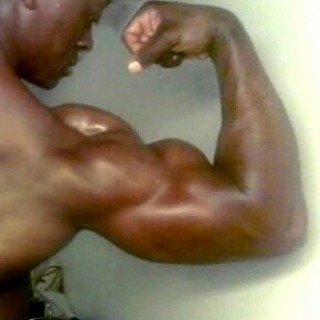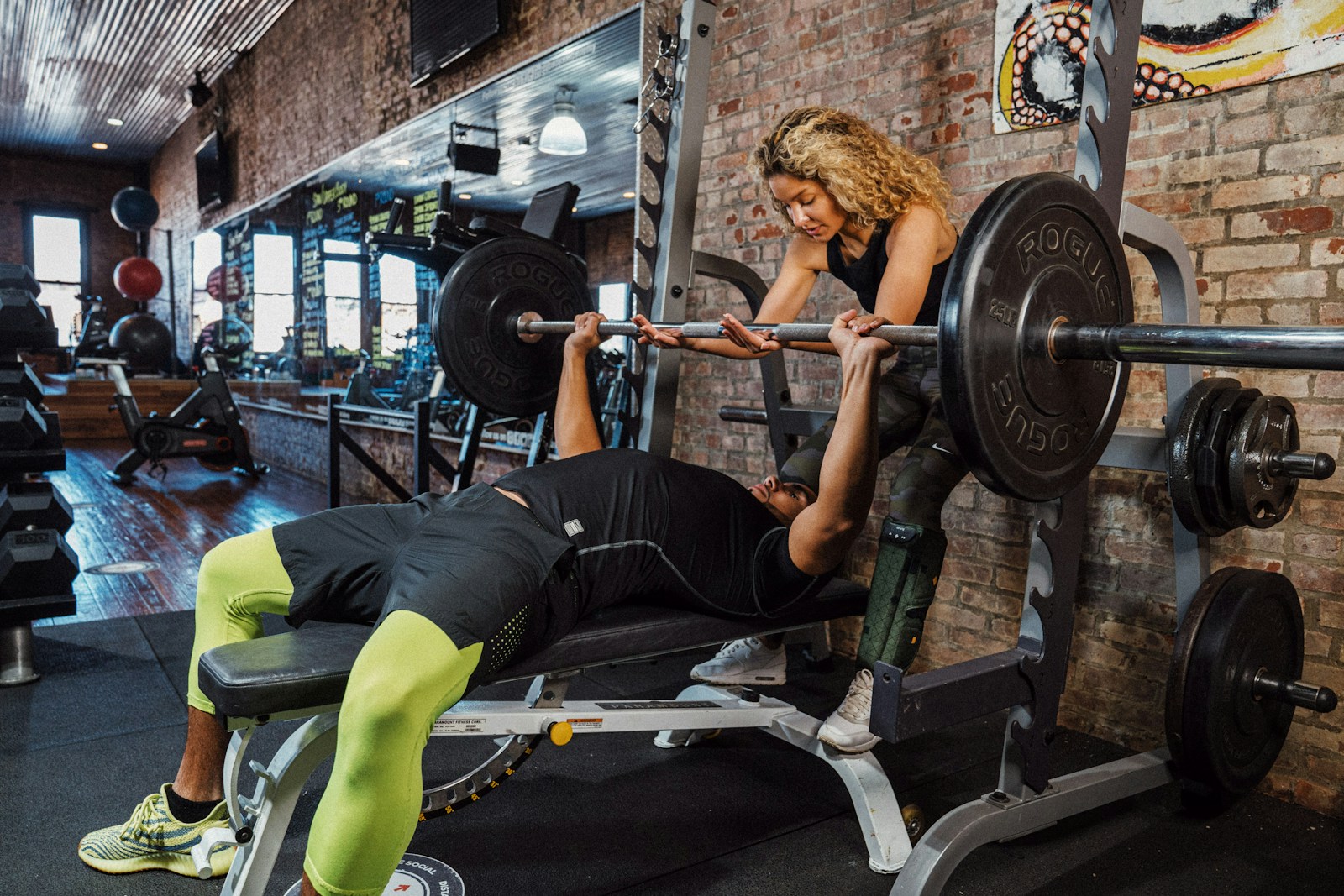Building a strong, muscular chest is a top priority for many gym-goers, and two exercises typically dominate chest training routines: the flat bench press and the incline bench press.
These classic movements target different areas of the chest, making them essential for anyone looking to develop a well-rounded, defined chest.
But how do these exercises compare in terms of mass-building effectiveness?
In this article, we’ll break down the benefits of both exercises, how they target different parts of the chest, and how to integrate them into a comprehensive workout plan for optimal results.
A- Chest Anatomy: The Key to Effective Training.
To understand the impact of the flat and incline bench presses, it’s important to first recognize the anatomy of the chest. The pectoralis major is the large muscle group responsible for chest development, and it consists of two main parts:
1. Upper Chest (Clavicular Head):
The upper portion of the chest is often the most challenging to develop, and it plays a significant role in achieving a balanced, well-proportioned chest.
2. Lower and Middle Chest (Sternal Head):
This section is typically targeted through flat bench movements and tends to respond well to heavier lifting. A balanced chest development requires targeting both parts of the pectoralis major. That’s where understanding how flat and incline bench presses work becomes crucial.
B- The Flat Bench Press: Essential for Overall Chest Development.
The flat bench press is one of the most popular chest exercises and a staple in most strength training routines.
This compound exercise primarily targets the middle and lower portions of the pectorals while also engaging the triceps and shoulders.
Benefits of the Flat Bench Press.
1. Targets the Middle and Lower Chest: The flat bench press is highly effective for stimulating the sternal head of the pectoralis major, leading to a broader, fuller chest.
2. Strength and Mass Gains: Since the flat bench press allows you to use heavier weights, it’s a great choice for building overall strength and muscle mass in the chest and upper body.
3. Incorporates Multiple Muscle Groups: Besides the chest, the flat bench press also activates the shoulders (deltoids) and triceps, enhancing overall upper body strength.
4. Versatility: The flat bench press can be done with either a barbell or dumbbells, providing variety and adaptability to suit different fitness levels and preferences.
How to Perform the Flat Bench Press?
– Set up by lying flat on a bench with your feet firmly planted on the ground.
– Grip the barbell with your hands slightly wider than shoulder-width apart.
– Lower the barbell to your chest, ensuring your elbows are at about a 45-degree angle.
– Push the barbell back up to the starting position, fully extending your arms.
C- The Incline Bench Press: Targeting the Upper Chest for a Balanced Look.
While the flat bench press is excellent for overall chest development, the incline bench press focuses on the often-underdeveloped upper chest.
The incline bench is set at a 30-45 degree angle, which shifts the emphasis to the clavicular head of the pectoralis major.
The incline bench press is an essential exercise for targeting the upper chest, helping to create a fuller, more balanced chest appearance.
It enhances the aesthetic appeal by contributing to a more defined and rounded upper body, which complements other muscle groups.
Additionally, the incline position recruits the shoulders(deltoids) more than the flat bench press, improving shoulder stability and strength, which benefits overall upper-body performance.
Lastly, varying the angle of resistance in the incline press helps prevent training plateaus, stimulating muscle growth from different angles for more comprehensive chest development.
To perform the incline bench press, set the bench to a 30-45 degree angle and lie back with your feet flat on the floor.
Grip the barbell slightly wider than shoulder-width, then lower it toward your upper chest, keeping your elbows at a slight angle.
Press the barbell back up, focusing on engaging your upper chest throughout the movement.
D- Combining Flat and Incline Bench Presses for Maximum Chest Mass.
For optimal chest growth, it’s essential to include both flat and incline bench presses in your workout routine.
Each exercise targets different areas of the chest, ensuring that you build both a fuller middle chest and a more sculpted upper chest.
Sample Chest Workout Routine for Mass Building.
Here’s a chest workout combining both flat and incline presses for maximum chest mass:
1. Flat Bench Press: 4 sets of 6-8 reps.
Focus on lifting heavier weights with controlled form to build strength and size in the middle and lower chest.
2. Incline Bench Press: 4 sets of 8-10 reps.
Perform this exercise with a moderate weight to emphasize the upper chest and improve overall chest aesthetics.
3. Dumbbell Flyes: 3 sets of 10-12 reps.
Use a slight incline or flat bench to stretch and contract the chest muscles for full development.
4. Push-Ups: 3 sets to failure.
A great bodyweight exercise to finish off your workout, targeting both the chest and stabilizing muscles.
E- Conclusion: A Balanced Approach for Full Chest Development
Incorporating both flat and incline bench presses into your chest training routine is the key to building a well-rounded, strong chest.
The flat bench press excels in developing the middle and lower chest, while the incline bench press focuses on the upper chest, giving your physique a more aesthetic, balanced look.
By using both exercises together, you’ll stimulate all areas of the pectoralis major, promote muscle growth, and improve overall strength and definition.
Start integrating both flat and incline presses into your routine!






